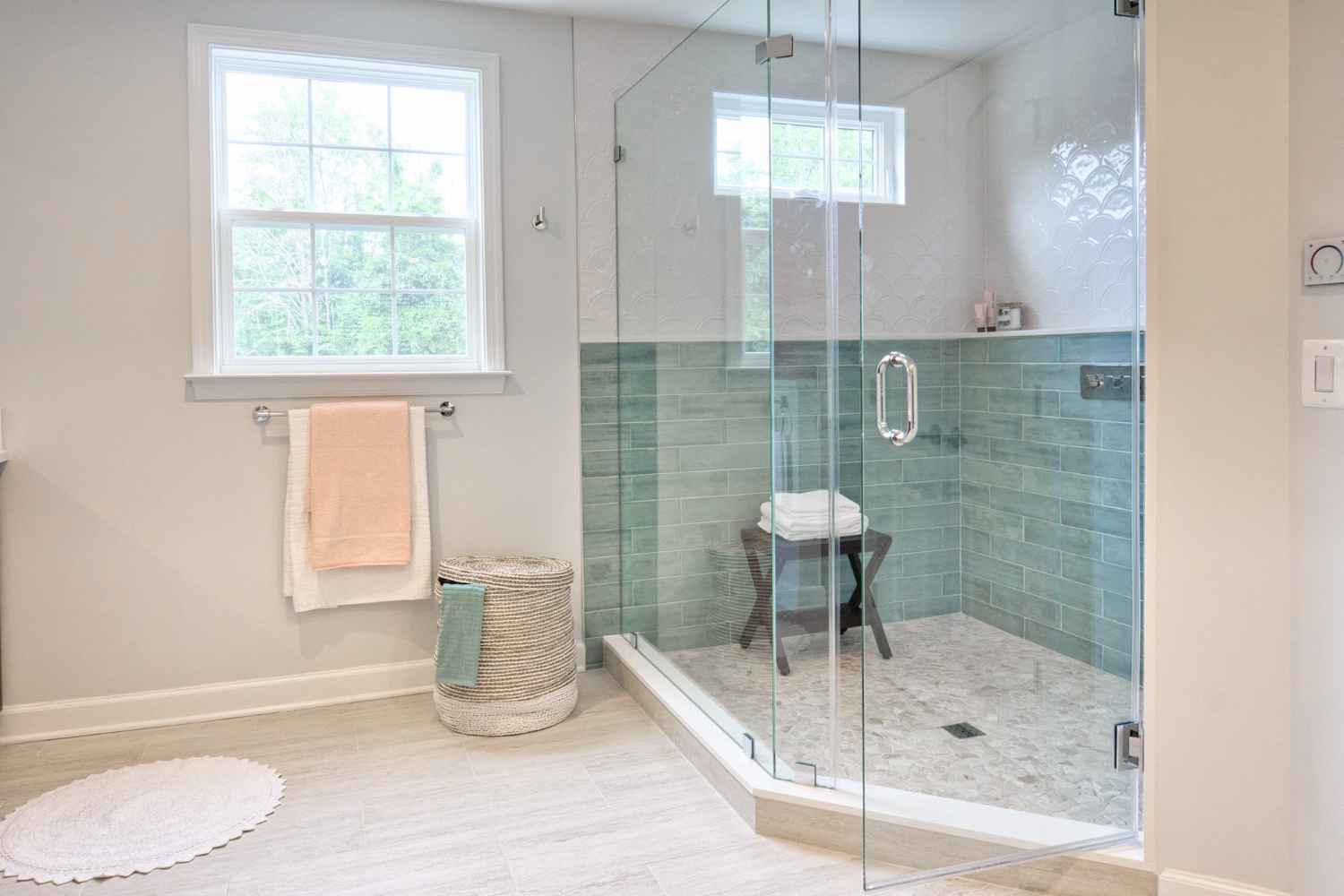In the ever-evolving world of architecture and interior design, one element that has gained immense popularity is the use of glass walls. No longer confined to corporate office spaces, glass walls have become a symbol of modernity, transparency, and versatility in both residential and commercial settings. This article delves into the allure and practicality of glass walls, exploring their impact on aesthetics, functionality, and the overall atmosphere of a space.
The Aesthetic Appeal
Glass walls bring a sense of openness and fluidity to any environment. Their transparent nature allows natural light to flood a space, creating an ambiance that feels bright, airy, and connected to the outdoors. The visual continuity provided by glass walls enables seamless integration between interior and exterior spaces, making them particularly popular in residences with picturesque surroundings.
In commercial settings, the aesthetic appeal of glass walls contributes to a modern and sophisticated atmosphere. The transparency of these walls fosters a sense of inclusivity and openness, creating an environment that encourages collaboration and creativity. The sleek and contemporary appearance of glass walls aligns well with the design preferences of the modern era, where clean lines and minimalist aesthetics are highly valued.
The Play of Light
One of the most significant advantages of glass walls is their ability to harness natural light. Unlike traditional opaque walls that can create dark and isolated spaces, glass walls allow sunlight to penetrate deep into a room. This not only reduces the reliance on artificial lighting but also has numerous benefits for the well-being of occupants.
Natural light is known to improve mood, increase productivity, and create a healthier indoor environment. By incorporating glass walls, architects and designers can maximize the benefits of sunlight, creating spaces that feel inviting and energizing. Additionally, the play of light and shadows on the glass surfaces can add an element of dynamism and visual interest to the overall design.
Spatial Perception and Flexibility
Glass walls have the remarkable ability to alter our perception of space. In smaller environments, the transparency of glass can create an illusion of expansiveness, making the area feel larger and more open. This is particularly advantageous in residential settings, where homeowners seek to maximize the use of available space without compromising on aesthetics.
Moreover, glass walls contribute to the flexibility of a space. They can be used to define separate areas without creating a visual barrier. In office environments, glass partitions can be employed to create private workspaces or meeting rooms while maintaining a sense of openness. In homes, glass walls are often used to partition different living zones without sacrificing the overall sense of unity.
Connectivity with Nature
Glass walls act as a mediator between the built environment and the natural world outside. They offer unobstructed views of the surrounding landscape, fostering a strong connection with nature. This connection is particularly prized in residential architecture, where homeowners seek to create a harmonious living experience that extends beyond the confines of their homes.
In corporate settings, the incorporation of glass walls allows employees to enjoy the benefits of nature even while working indoors. This connection with the outdoors has been linked to increased well-being, reduced stress levels, and improved job satisfaction. As a result, glass walls have become a strategic design choice for companies looking to prioritize the health and happiness of their workforce.
Privacy Considerations
While the transparency of glass walls is celebrated for its ability to create open and inviting spaces, privacy considerations cannot be overlooked. Striking the right balance between transparency and seclusion is crucial, especially in settings where confidentiality is paramount.
Various solutions, such as frosted or tinted glass, blinds, or strategically placed decorative elements, can be employed to address privacy concerns. In residential spaces, these features allow occupants to enjoy the benefits of natural light and openness while maintaining a level of discretion. In offices, glass partitions with integrated privacy measures enable employees to work comfortably without compromising confidentiality.
Maintenance and Sustainability
The practicality of glass walls extends beyond aesthetics and functionality. Maintenance of glass surfaces is relatively straightforward, involving regular cleaning to keep them transparent and free from smudges. This ease of maintenance contributes to the longevity and durability of glass walls, making them a practical choice for both residential and commercial applications.
From a sustainability perspective, glass walls contribute to energy efficiency by maximizing the use of natural light. Reduced reliance on artificial lighting not only lowers energy consumption but also aligns with the growing emphasis on eco-friendly design practices. Additionally, the recyclability of glass makes it an environmentally conscious choice for those seeking to reduce their ecological footprint.
Conclusion
In the realm of modern architecture and design, glass walls have emerged as a versatile and aesthetically pleasing solution. Their ability to enhance natural light, create a sense of openness, and foster connectivity with the environment has made them a popular choice for both residential and commercial projects. As the design world continues to evolve, glass walls stand as a testament to the timeless appeal of transparency and the transformative power of architectural elements in shaping our living and working spaces.

